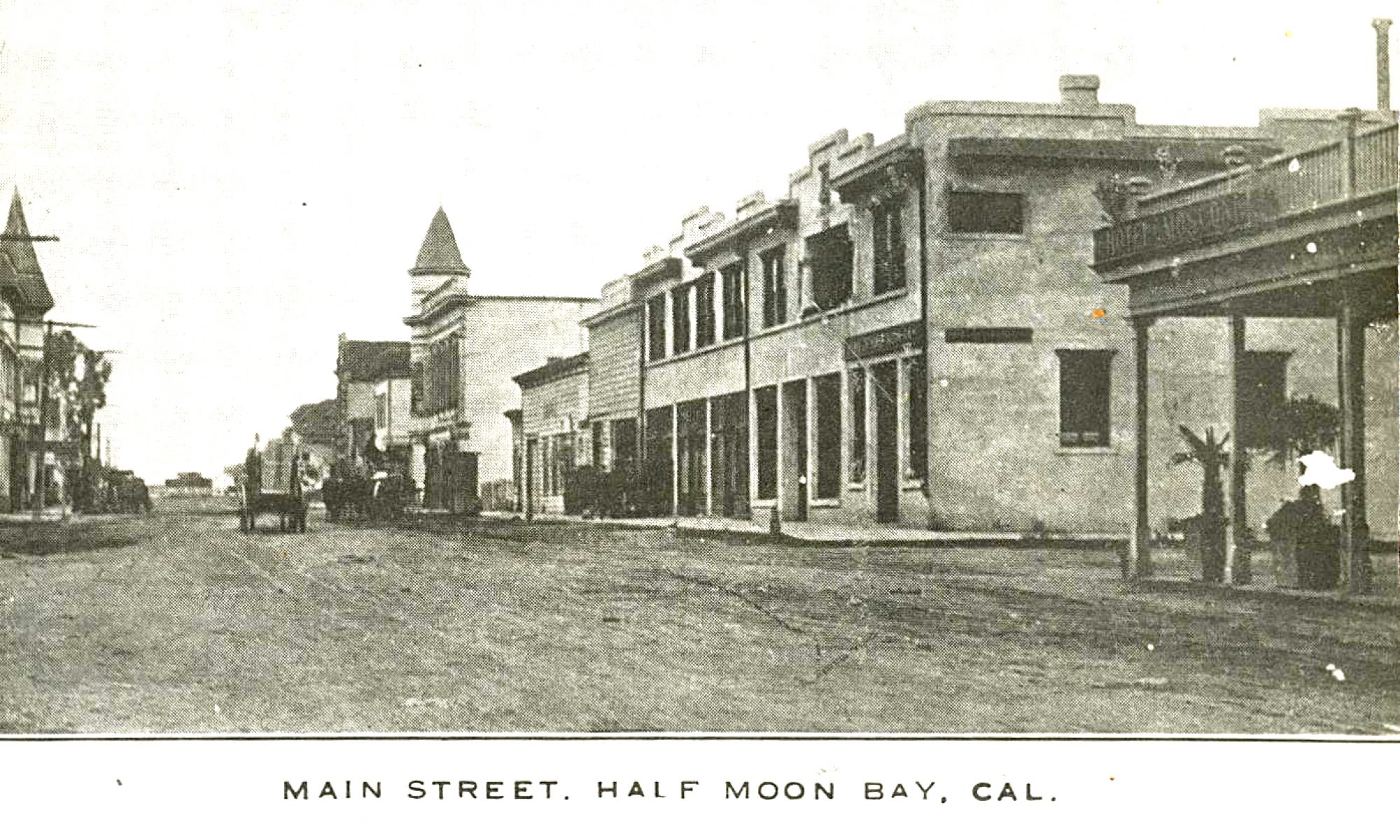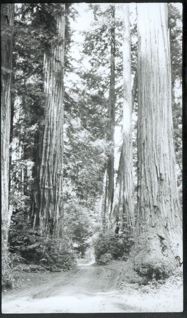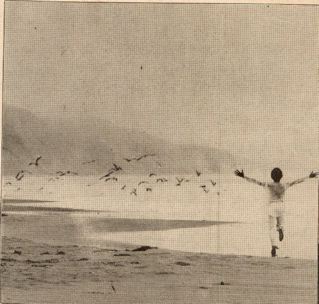…And the members of the Floating Lotus Opera Company moved to John Wickett’s spectacular property on Skyline, on the mountain, close enough to kiss the sky with faraway views of the glittery Pacific Ocean. They lived in old huts that had belonged to a late 19th century sawmill or slept in the cool green meadows… and they wandered all over the place occasionally trespassing onto the neighbor’s land.
“Some of the neighbors were complaining a bit, that we didn’t have proper sanitary facilities and so on,” John Wickett told me. One neighbor even “appeared before the San Mateo County Planning Commission to complain that she’d seen men urinating on the trees.”
Wickett was prepared for this one. He told the commission that the complainant [the neighbor] must have trespassed half-a-mile onto his property to witness “the crime.” He laughed as he related that “She didn’t like that and she insisted the District Attorney’s office prosecute me anyway. Eventually they put me on the spot and gave me a six months’ suspended sentence for having people living there, in buildings that weren’t zoned for communal living. I continued to have the people there anyway.
“The D.A. and the sheriff–they were all problems. The sheriff used to say I was the only landowner in the county who wouldn’t let him hunt on my property. The county manager was also one of my closest friends and I wouldn’t permit hunting there because I like having the deer around. Every time they wanted to prosecute me, I said, ‘Sure, just send me to jail.’ Then the sheriff would say, ‘John, we can’t send you to jail. I’m on the Boy Scout Board with you. I’m on the YMCA Board with you. You’re about the most helpful citizen in the county. You’ve helped my elections–all my elections. What are the papers going to say? They’ll just make it a big joke.'”
So John Wickett’s guests stayed on.
…To Be Continued…







